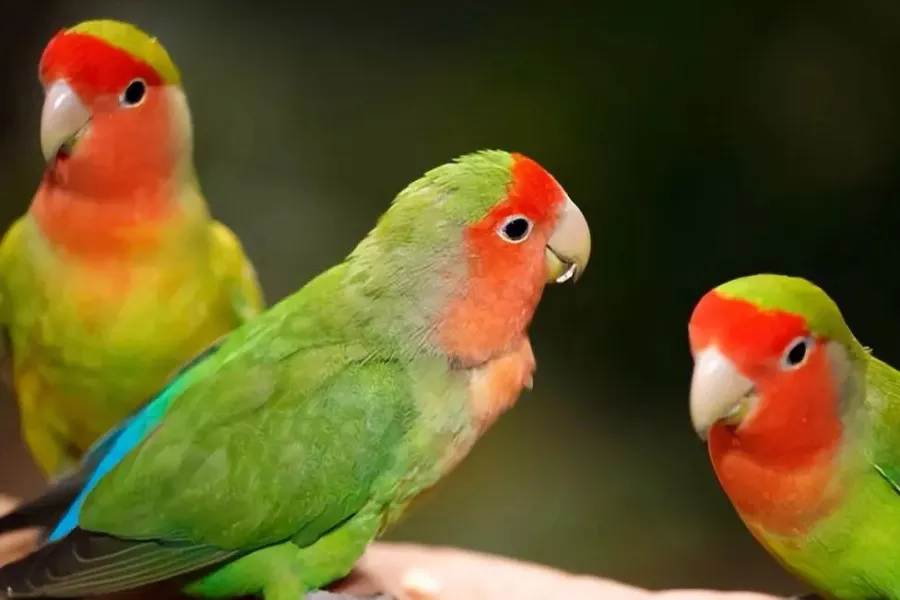Lovebirds are a popular pet bird species known for their charming personalities and stunning colors. One of the most endearing aspects of lovebirds is their ability to vocalize and communicate with their owners. While they may not have the ability to speak human words like some parrot species, lovebirds are highly vocal and can make a wide range of sounds, including chirps, squawks, whistles, and trills.
Despite their name, lovebirds are not necessarily more affectionate or loving than other bird species. However, they do form strong bonds with their owners and can become quite attached. In the wild, lovebirds typically mate for life and rely on vocal communication to maintain their bond. Similarly, captive lovebirds often form close bonds with their owners and use vocalizations to communicate their needs and desires.
One of the most fascinating aspects of lovebird vocalizations is their ability to mimic sounds they hear in their environment. While they may not be able to replicate human speech, lovebirds are known to mimic common household sounds like telephones, doorbells, and microwaves. They may also mimic other bird species, animals, and even music.
If you are interested in teaching your lovebird to talk or mimic sounds, there are a few tips and tricks you can use. The first step is to establish a strong bond with your bird through regular handling and positive reinforcement. Once your bird is comfortable with you and trusts you, you can begin to introduce new sounds and words.
One effective method is to repeat a specific word or sound frequently while rewarding your bird with treats or praise. Over time, your bird may begin to associate the sound with positive experiences and start to mimic it. It’s important to be patient and consistent with your training, as it may take weeks or even months for your bird to start mimicking sounds.
It’s also important to remember that not all lovebirds will learn to talk or mimic sounds, and that’s okay. Each bird has its own unique personality and abilities, and it’s important to appreciate your bird for who they are.
In summary, lovebirds are highly vocal and communicative birds that can make a wide range of sounds. While they may not be able to speak human words, they can learn to mimic sounds in their environment with the right training and patience. Whether or not your lovebird learns to talk, they can still form strong bonds with their owners and bring joy to their lives with their charming personalities and beautiful colors.


 Facebook
Facebook  Instagram
Instagram  Youtube
Youtube 